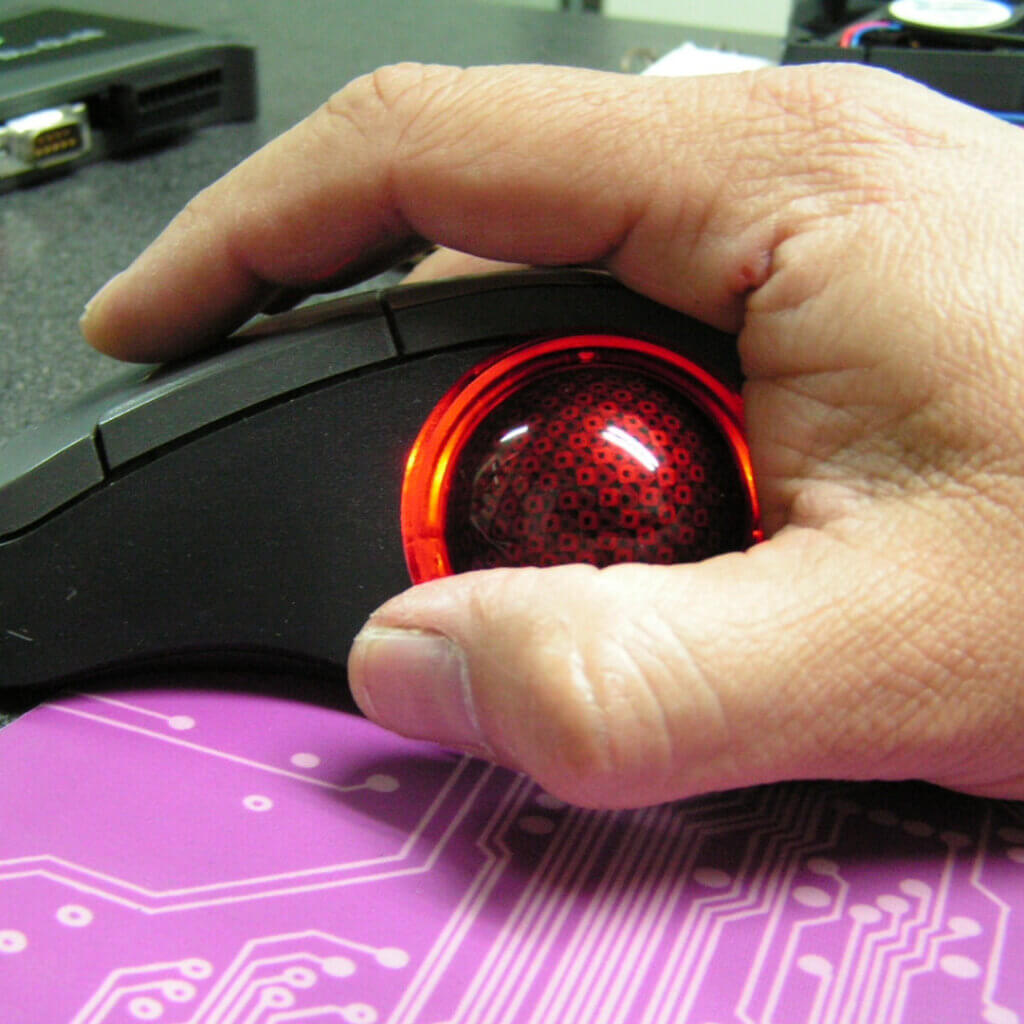We’ve seen new trends emerge and existing trends that have grown in website accessibility last year. Below are some of the key trends we saw in the digital accessibility space in 2019 and our forecast for the year ahead.
Key Takeaways:
- Don’t Trust the Robots—widgets and AI-backed “solutions” aren’t solutions YOU want in ‘20
- (Copy) Cats on the Prowl—over 20% of web accessibility defendants in ’19 were previously sued
- Into the Breach—plaintiffs are eyeing unmet settlement agreements in the year ahead
How will the digital website accessibility landscape change in 2020?
We can’t say for sure, but a few stories we think businesses and governments—and the attorneys who represent them—should follow include:
Don’t Trust the Robots
2019 saw legions of technology-based entrants into the website accessibility solutions space. We think 2020 will be no different, so website owners should use caution. Why? Because, as the federal government itself has repeatedly warned, technology alone just won’t cut it. Widgets and toolbars—now rebranded by some clever vendors as “AI-backed solutions”—may, at best, offer a slight benefit to a select few users.
On the whole, however, plug-ins and overlays yield diminishing returns, for three reasons. First, they only address a small portion—about 20-30 percent—of critical failures. Second, they don’t protect companies from lawsuits; there’s evidence that they, in fact, attract more attention from serial plaintiffs, who now see a ripe target. Third, they can even make you less accessible by adding another layer of “stuff” for electronic screen readers to try to navigate. And a bonus reason to avoid the tech band-aid, when surgery is in order: it’s strictly pay-for-play. Once you stop shelling out for their product, it’s gone. Now you’re right back to where you started. So, whether you’re looking to avoid a lawsuit, do what is right and lawful, or both, our advice remains the same: just say no to strictly tech-based “solutions.”

(Copy) Cats on the Prowl
Over 20 percent of digital accessibility lawsuits in 2019 were filed against a defendant previously sued for the same cause of action. The rise in copycat suits stems from plaintiffs’ awareness that most defendants focus only on the short-term goal of resolving their litigation as quickly and cost-effectively as they can. While this seems to make sense on its face, it more often has the opposite effect. It can cost defendants three or four times as much money to settle multiple suits once the cats start slinking through the now-open door. We advise website owners not to focus on meeting a given technical standard, but on true usability. Fixing the underlying source code is the best defense against becoming cat food – and against a separate but related peril: the breach of settlement suit.
Into the Breach
We see 2020 bringing an even steeper rise than 2019 did in the number of “breach of settlement” suits filed against defendants who’ve privately settled their litigation but haven’t done the proper work to meet their promises. One well-known plaintiffs’ firm has sent letters to all its previous defendants who’ve failed to abide by their agreements. The letter lists specific remedies (often a dozen or more) the plaintiff plans to seek in enforcing its settlement agreement. Too many website owners believe their obligations end once an agreement has been signed and a demanding check has been cut. But that’s when the true work begins. As Jerry Seinfeld once told a car rental agent: “You know how to take the reservation, you just don’t know how to hold the reservation – and that’s really the most important part.” The same logic applies to the settlement agreement. You’ve signed it. Now make sure you do the work to honor it.
So, what steps should you take in 2020? Our advice to businesses and governments remains:

- One: focus on real-world usability, not just risk mitigation. A root-cause approach not only insulates you from litigation, but truly opens your digital properties to all visitors, which in turn expands your user base and, often, your revenues.
- Two: recognize the limits of tech. It’s tempting to stick a widget or some other gadget on your website and believe you’re done. The truth, however, is that you’re opening the door to more lawsuits.
- Three: invest in a dedicated accessibility partner to keep you ahead of risks before they materialize. We know the digital accessibility landscape will continue to change in 2020 and beyond. While your IT team and outside developers can play a supporting role, unless they’ve had years of training and experience in making websites compliant, you’ll need a qualified expert.
Too many businesses and governments take on digital accessibility themselves to try to save money. They then end up spending far more to “fix the fix” after their attempts fail. Proactivity and a willingness to invest in accessibility as an ongoing process are your keys to success in 2020 and beyond.
CONTACT ADA SITE COMPLIANCE today for all your website accessibility needs!
Share via:

Speak With An Expert Now
Have a question?
We’re always here to help.
The ADA prohibits any private businesses that provide goods or services to the public, referred to as “public accommodations,” from discriminating against those with disabilities. Federal courts have ruled that the ADA includes websites in the definition of public accommodation. As such, websites must offer auxiliary aids and services to low-vision, hearing-impaired, and physically disabled persons, in the same way a business facility must offer wheelchair ramps, braille signage, and sign language interpreters, among other forms of assistance.
All websites must be properly coded for use by electronic screen readers that read aloud to sight-impaired users the visual elements of a webpage. Additionally, all live and pre-recorded audio content must have synchronous captioning for hearing-impaired users.
Websites must accommodate hundreds of keyboard combinations, such as Ctrl + P to print, that people with disabilities depend on to navigate the Internet.
Litigation continues to increase substantially. All business and governmental entities are potential targets for lawsuits and demand letters. Recent actions by the Department of Justice targeting businesses with inaccessible websites will likely create a dramatic increase of litigation risk.
Big box retailer Target Corp. was ordered to pay $6 million – plus $3.7 million more in legal costs – to settle a landmark class action suit brought by the National Federation of the Blind. Other recent defendants in these cases have included McDonald’s, Carnival Cruise Lines, Netflix, Harvard University, Foot Locker, and the National Basketball Association (NBA). Along with these large companies, thousands of small businesses have been subject to ADA website litigation.
Defendants in ADA lawsuits typically pay plaintiff's legal fees, their own legal fees for defending the litigation, and potential additional costs. In all, the average cost can range from tens of thousands of dollars, to above six figures. There are also high intangible costs, such as added stress, time and human capital, as well as reputational damage. Furthermore, if the remediation is incomplete, copycat suits and serial filers can follow, meaning double or triple the outlay. It's vital to implement a long-term strategy for ensuring your website is accessible and legally compliant.



